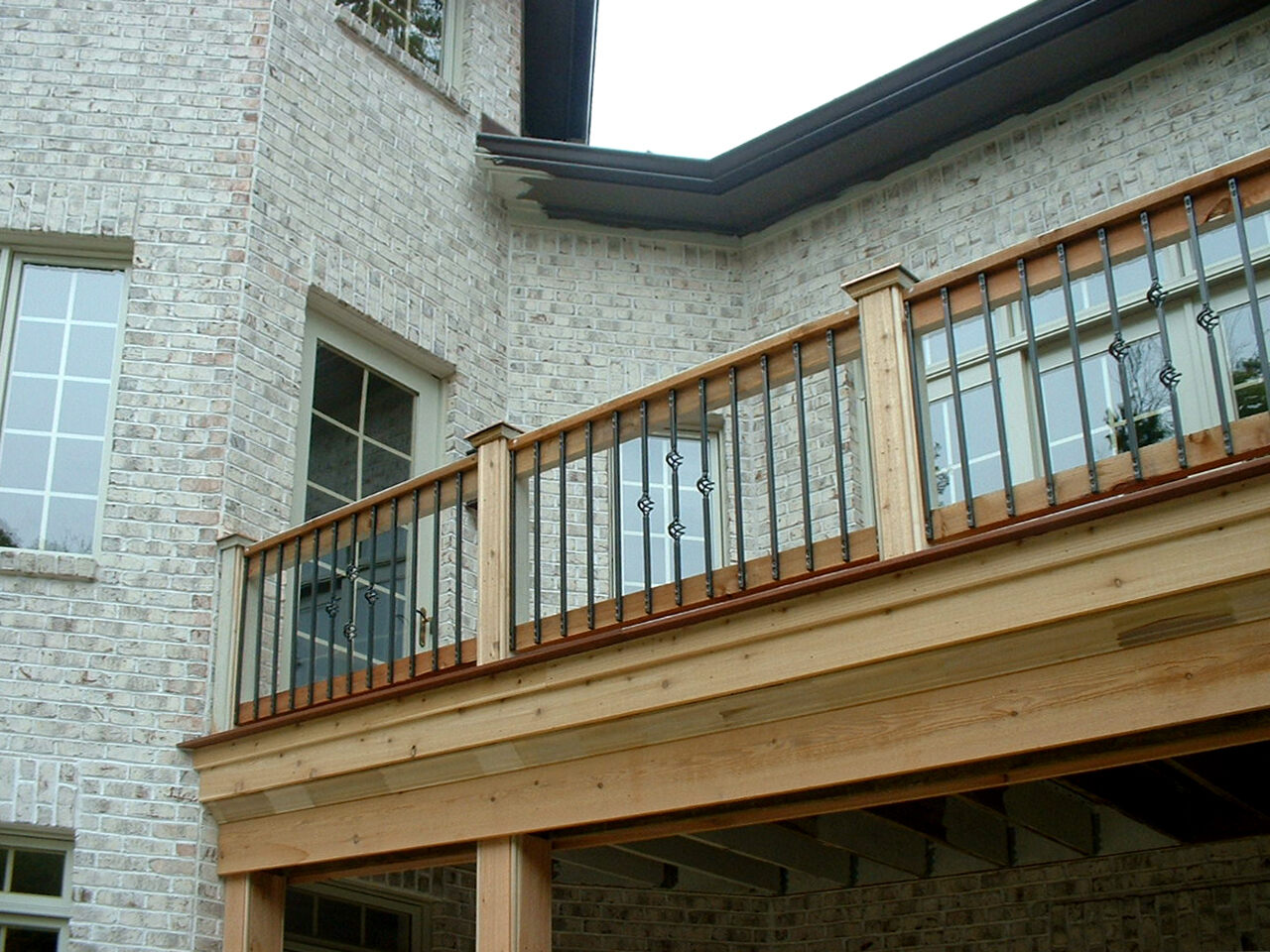

Articles
What Is A Balcony Railing Called
Modified: February 28, 2024
Discover the proper name for balcony railings, also known as articles. Explore different styles and materials for these essential safety features.
(Many of the links in this article redirect to a specific reviewed product. Your purchase of these products through affiliate links helps to generate commission for Storables.com, at no extra cost. Learn more)
Introduction
A balcony railing serves as both a functional and decorative element of a balcony. It not only provides a barrier for safety, but also adds style and visual appeal to the overall design. Whether it’s a high-rise apartment balcony overlooking a bustling city or a quaint balcony in a suburban home, the railing plays a crucial role in defining the space while offering protection.
In this article, we will explore the different aspects of balcony railings, including their purpose, types, materials used, safety regulations, installation, maintenance, and common issues. By understanding the intricacies of balcony railings, you’ll be equipped with the knowledge to make informed decisions about their design, installation, and upkeep.
Read on to discover everything you need to know about balcony railings and gain insights into this important architectural feature.
Key Takeaways:
- Balcony railings are essential for safety, privacy, and aesthetics. They define outdoor spaces, prevent falls, and contribute to the overall visual appeal of a building, making them a crucial architectural feature.
- Regular maintenance is vital for balcony railings to address common issues such as rust, loose components, and weathering. Adhering to safety regulations and choosing the right material are key considerations for installation.
Read more: What Is An Inside Balcony Called
Definition of a Balcony Railing
A balcony railing, also known as a balcony guardrail or balcony balustrade, is a structure installed along the edge of a balcony to prevent accidental falls and provide safety for those using the space. It typically consists of a series of vertical posts or columns, horizontal bars or panels, and a top rail.
The primary function of a balcony railing is to create a protective barrier that prevents people, especially children and pets, from accidentally falling off the balcony. It serves as a crucial safety feature in buildings, ensuring the well-being of occupants and minimizing the risk of accidents.
Balcony railings also serve an aesthetic purpose by enhancing the overall appearance of the balcony and the building as a whole. They can be designed in various styles, ranging from simple and sleek to ornate and decorative, depending on the architectural style and personal preferences.
Furthermore, a balcony railing provides a sense of security and privacy, allowing individuals to enjoy the outdoor space without feeling exposed. It acts as a boundary between the balcony and the surrounding environment, creating a defined area for relaxation, recreation, and socializing.
Overall, a balcony railing is a fundamental component of balcony design, offering safety, style, and functionality. It is essential to carefully consider the design and materials used for the railing to ensure it aligns with the overall vision of the space while meeting the necessary safety standards.
Purpose of a Balcony Railing
The primary purpose of a balcony railing is to provide safety and prevent accidents, particularly falls from a significant height. Balconies are elevated platforms that can pose a potential risk, especially for young children, elderly individuals, and those with impaired mobility. The installation of a sturdy and secure railing helps reduce the risk of falls and ensures the well-being of everyone using the balcony.
Additionally, balcony railings act as a deterrent, preventing unauthorized access to the balcony or the building itself. By creating a physical barrier, they help maintain security and protect the occupants from intruders, thereby contributing to a sense of safety.
Another important function of a balcony railing is to define and delineate the outdoor space. It serves as a visual boundary, separating the balcony area from the surrounding environment. This delineation enhances privacy, giving residents a sense of seclusion and allowing them to enjoy their outdoor space without feeling exposed.
Balcony railings also contribute to the aesthetic appeal of the building’s façade and the overall design of the balcony. They can be customized to complement the architectural style of the building, whether it’s modern, contemporary, or traditional. The choice of materials, colors, and design elements can dramatically enhance the visual appeal of the balcony and add character to the entire structure.
Furthermore, a well-designed balcony railing can offer additional functionality. It can serve as a support for potted plants, creating a vertical garden and adding a touch of greenery to the balcony. Some balcony railings are designed with integrated seating options, providing a convenient place to relax and enjoy the view.
In summary, the purpose of a balcony railing is to:
- Ensure the safety of occupants by preventing falls and accidents.
- Act as a deterrent to unauthorized access.
- Define and delineate the outdoor space for increased privacy.
- Contribute to the aesthetic appeal of the building and balcony design.
- Offer additional functionality, such as supporting plants or providing seating options.
Types of Balcony Railings
Balcony railings come in various styles and designs, allowing homeowners and architects to choose the one that best suits their preferences and complements the overall aesthetic of the building. Here are several common types of balcony railings:
- Wooden Railings: Wood is a popular material for balcony railings due to its natural beauty and versatility. Wooden railings can be crafted in different styles, including traditional, modern, and rustic. They offer a warm and inviting look, but they require regular maintenance, such as sealing and painting, to protect against weathering.
- Iron Railings: Iron railings are known for their durability and strength. They can be intricately designed with ornate patterns, adding a touch of elegance and sophistication to the balcony. Iron railings are highly customizable and can be painted in various colors to match the building’s exterior. They do require occasional maintenance to prevent rusting.
- Glass Railings: Glass railings are a popular choice for modern and contemporary designs. They offer unobstructed views and create a sleek and minimalist look. Glass railings can be framed or frameless, and they are often made of tempered or laminated glass for added safety. However, they may require regular cleaning to maintain their transparency.
- Steel Railings: Steel railings provide a robust and industrial aesthetic. They are highly durable and can withstand harsh weather conditions. Steel railings can be powder-coated in various colors to enhance their appearance and protect against corrosion.
- Aluminum Railings: Aluminum railings are lightweight, low-maintenance, and corrosion-resistant. They are available in different styles and finishes, including powder-coated options. Aluminum railings are a popular choice for contemporary designs due to their versatility and durability.
- Cable Railings: Cable railings consist of horizontal cables tensioned between vertical posts. They provide a modern and open aesthetic while giving an uninterrupted view of the surroundings. Cable railings are typically made of stainless steel, offering high strength and resistance to corrosion.
It’s important to consider the building’s architectural style, personal preferences, and maintenance requirements when selecting a type of balcony railing. Each option has its unique characteristics and can significantly impact the overall look and feel of the balcony space.
Materials Used for Balcony Railings
When it comes to balcony railings, there are several materials commonly used based on factors such as durability, aesthetics, and maintenance requirements. The choice of material can greatly impact the overall look and functionality of the balcony railing. Here are some of the materials commonly used for balcony railings:
- Wood: Wood is a classic and timeless choice for balcony railings. It offers a natural and warm feel, adding a touch of elegance to the space. Common wooden materials used include cedar, mahogany, and pine. However, wood requires regular maintenance to protect it from weathering, such as sealing and painting.
- Iron: Iron is a durable and sturdy material that adds a touch of sophistication to balcony railings. It can be intricately designed with ornate patterns, providing an elegant and decorative element to the balcony. Iron railings are typically coated with a protective finish to prevent rusting.
- Glass: Glass railings provide a modern and sleek look while allowing for unobstructed views. They evoke a sense of openness and can make smaller balconies appear larger. Tempered or laminated glass is commonly used for safety reasons, as it is less likely to break or shatter.
- Steel: Steel is a robust and durable material that can withstand harsh weather conditions. It offers a modern and industrial aesthetic and is often used in contemporary designs. Steel railings are typically powder-coated to enhance their appearance and protect against corrosion.
- Aluminum: Aluminum is a lightweight and low-maintenance material that is resistant to corrosion. It is highly customizable and can be easily shaped into different styles and designs. Powder-coating is often applied to aluminum railings to provide additional protection and enhance their appearance.
- Stainless Steel: Stainless steel is known for its durability and resistance to corrosion. It offers a sleek and modern look and is often used in cable railings. Stainless steel requires minimal maintenance and is suitable for both indoor and outdoor applications.
The choice of material for the balcony railing should be based on factors such as the architectural style of the building, personal preferences, maintenance requirements, and budget. Each material has its own unique characteristics and can significantly impact the overall aesthetics and functionality of the balcony space.
A balcony railing is commonly referred to as a balustrade. It is a row of small columns topped by a rail, often used for safety and aesthetic purposes.
Read more: How To Install Balcony Railing
Safety Regulations for Balcony Railings
Balcony railings play a crucial role in providing safety and preventing accidents, particularly falls from balconies or elevated platforms. To ensure the safety of occupants, there are certain regulations and guidelines in place that dictate the design and installation of balcony railings. These safety regulations vary by region and are typically enforced by local building codes. Here are some common safety regulations for balcony railings:
- Height Requirement: Most building codes specify a minimum height requirement for balcony railings. This requirement is typically measured from the floor or walking surface of the balcony to the top of the railing. The exact height may vary, but it is usually around 36 inches (91 cm) for residential buildings and 42 inches (107 cm) for commercial buildings.
- Spacing between Balusters: Balusters, the vertical components of the railing, must be properly spaced to prevent accidental falls. The spacing requirement is typically specified in the building codes and is designed to prevent small children from squeezing through or getting stuck between the balusters. The maximum allowable spacing is usually around 4 inches (10 cm).
- Strength and Durability: Balcony railings must be structurally sound and capable of withstanding certain forces to ensure safety. The materials used and the design of the railing should be able to withstand applied loads, such as pressure or leaning, without failure. This is important to prevent the railing from collapsing or becoming unstable.
- Secure Attachment: Balcony railings must be securely attached to the structure of the building to ensure stability. This includes proper anchoring and fastening to withstand external forces, such as wind or impacts. The attachment points should be strong and durable, and the railing should not wobble or have excessive movement.
- Maintenance and Inspections: Regular maintenance and inspections of balcony railings are essential to ensure their continued safety. This includes checking for loose or damaged components, corrosion, and general wear and tear. Any issues should be promptly addressed to maintain the integrity and stability of the railing.
- Building Codes and Permits: It is important to comply with local building codes and obtain necessary permits when designing and installing balcony railings. Building codes outline specific requirements for safety, materials, dimensions, and other factors. It is advisable to consult with a professional or jurisdictional authority to ensure compliance with the applicable regulations.
By adhering to these safety regulations and guidelines, the risk of accidents and falls from balconies can be significantly reduced. It is important to prioritize safety when designing, constructing, and maintaining balcony railings to ensure the well-being of occupants and visitors.
Installation and Maintenance of Balcony Railings
The proper installation and regular maintenance of balcony railings are essential to ensure their functionality, safety, and longevity. Here are some guidelines for the installation and maintenance of balcony railings:
Installation:
- Start by consulting with a professional or jurisdictional authority to understand the local building codes and regulations regarding balcony railings.
- Ensure that the chosen design and materials comply with the necessary safety requirements.
- Carefully measure and plan the positioning of the railing to align with the balcony’s dimensions and layout.
- Choose a reputable contractor or skilled installer experienced in balcony railing installation.
- Follow the manufacturer’s instructions and guidelines for installing the specific type of railing chosen.
- Ensure that all components are securely attached and fastened to the building’s structure.
- Regularly inspect the railing after installation to confirm its stability and proper functioning.
Maintenance:
- Regularly clean the balcony railing to remove dirt, dust, and grime. The frequency of cleaning will depend on the environment and weather conditions.
- Use a mild detergent or cleaning solution with a soft cloth or sponge to avoid damaging the railing’s surface.
- If the railing is made of wood, regularly check for signs of weathering or damage and promptly address any issues. This may involve sanding, sealing, and repainting the wood as needed.
- Inspect the railing for loose or damaged components, such as screws, bolts, or brackets. If any parts are compromised, replace them promptly to maintain the stability and safety of the railing.
- Check for signs of rust or corrosion if the railing is made of metal. Use appropriate rust-resistant coating or touch-up paint to prevent further damage.
- Trim any nearby trees or vegetation that may come into contact with the railing, as this can promote moisture retention and potential damage.
- Regularly inspect the balcony railing for signs of wear and tear, including cracks, splinters, or splintering paint. Address any issues promptly to ensure the railing’s integrity.
- Consider applying a protective sealant or coating to extend the lifespan of the railing and enhance its durability.
Proper installation and regular maintenance are essential to ensure the functionality and safety of balcony railings. By following these guidelines, you can help prolong the lifespan of the railing and ensure its continued effectiveness in providing safety and enhancing the overall aesthetics of your balcony.
Common Issues with Balcony Railings
While balcony railings serve as important safety features, they are not immune to issues that can arise over time. Here are some common issues that may occur with balcony railings:
- Rust and Corrosion: Metal railings, such as iron or steel, are prone to rust and corrosion, especially when exposed to harsh weather conditions. Regular inspection and maintenance are necessary to identify and address any signs of rust or corrosion promptly.
- Loose or Damaged Components: Over time, the fasteners, screws, and brackets that hold the railing together may become loose or damaged. This can compromise the stability and safety of the railing. Regularly inspect the railing for any loose or broken components and tighten or replace them as needed.
- Cracked or Splintered Wood: Wooden railings may develop cracks or splintering due to exposure to sunlight, moisture, or age. These cracks can compromise the structural integrity of the railing and pose a safety risk. Repair or replace any cracked or splintered wood to maintain the strength and appearance of the railing.
- Fading or Peeling Paint: Painted railings may experience fading or peeling over time, particularly when exposed to sunlight and weather elements. Regularly inspect the paint and touch up any areas that show signs of wear or damage. Consider repainting the railing periodically to refresh its appearance and protect the underlying material.
- Improper Baluster Spacing: Baluster spacing is a critical safety consideration. If the spacing between balusters is too wide, it can pose a risk, especially for small children or pets who may slip through or get stuck. Regularly check the spacing between balusters and ensure it complies with local building codes and safety standards.
- Insufficient Height: If the height of the railing is too low, it may not provide adequate protection against falls. Ensure compliance with local building codes regarding the minimum height requirement for balcony railings. Consider installing additional safety measures, such as safety nets or childproof locks, if necessary.
- Weathering and Wear: Balcony railings are exposed to the elements and can gradually deteriorate over time. This includes general weathering, sun damage, and wear from regular use. Regular maintenance, including cleaning, sealing, and inspecting the railing, can help mitigate these issues and extend its lifespan.
- Lack of Maintenance: Neglecting regular maintenance can lead to various issues with balcony railings. Without proper cleaning, inspection, and repairs, problems can worsen and compromise the safety and longevity of the railing. Regularly maintain the railing to address any issues and ensure its proper functionality.
Addressing these issues promptly through regular inspection, maintenance, and necessary repairs can help ensure the safety and longevity of balcony railings. It is important to be vigilant and proactive in maintaining the integrity of these essential structures.
Conclusion
Balcony railings not only serve as crucial safety features but also contribute to the overall aesthetic and functionality of a balcony. They provide a protective barrier, preventing accidental falls and ensuring the well-being of occupants. Additionally, balcony railings define the outdoor space, add privacy, and enhance the visual appeal of the building.
There are various types of balcony railings available, including wooden, iron, glass, steel, aluminum, and cable railings. Each material offers unique characteristics and can be customized to suit different architectural styles and personal preferences.
When installing balcony railings, it is important to adhere to local building codes and guidelines. Height requirements, spacing between balusters, durability, and secure attachment to the structure must all be considered to ensure safety. Routine maintenance, such as regular cleaning, inspections, and repairs, is crucial for ensuring the longevity and proper functioning of balcony railings.
Common issues such as rust, loose components, cracked wood, and fading paint can arise over time. Addressing these issues promptly through regular maintenance and necessary repairs is essential to maintain the safety and appearance of the railing.
In conclusion, balcony railings serve as both functional and decorative elements of a balcony. By choosing the right type of railing, following safety regulations, properly installing it, and providing regular maintenance, you can ensure the safety, durability, and visual appeal of your balcony railing for years to come.
Frequently Asked Questions about What Is A Balcony Railing Called
Was this page helpful?
At Storables.com, we guarantee accurate and reliable information. Our content, validated by Expert Board Contributors, is crafted following stringent Editorial Policies. We're committed to providing you with well-researched, expert-backed insights for all your informational needs.

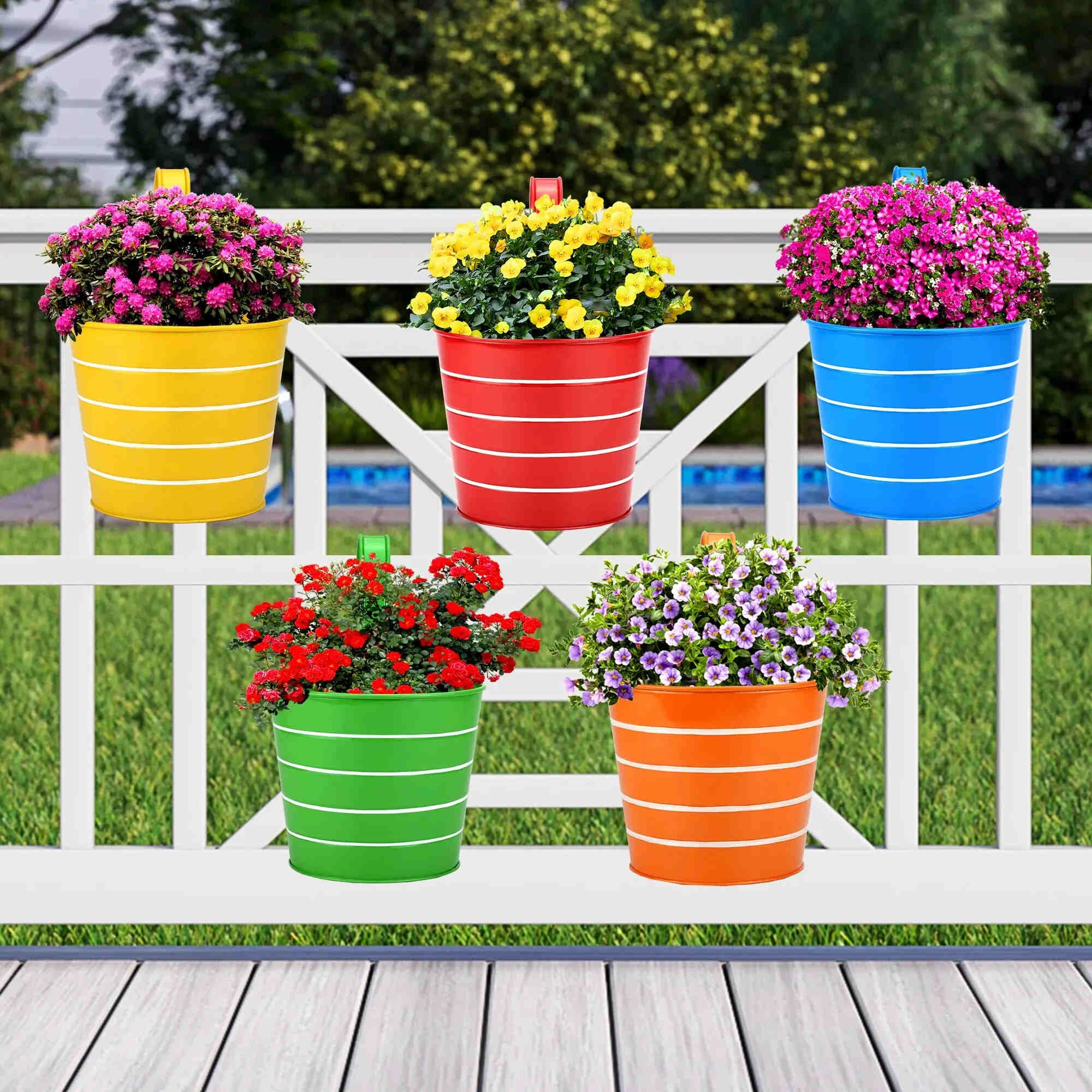
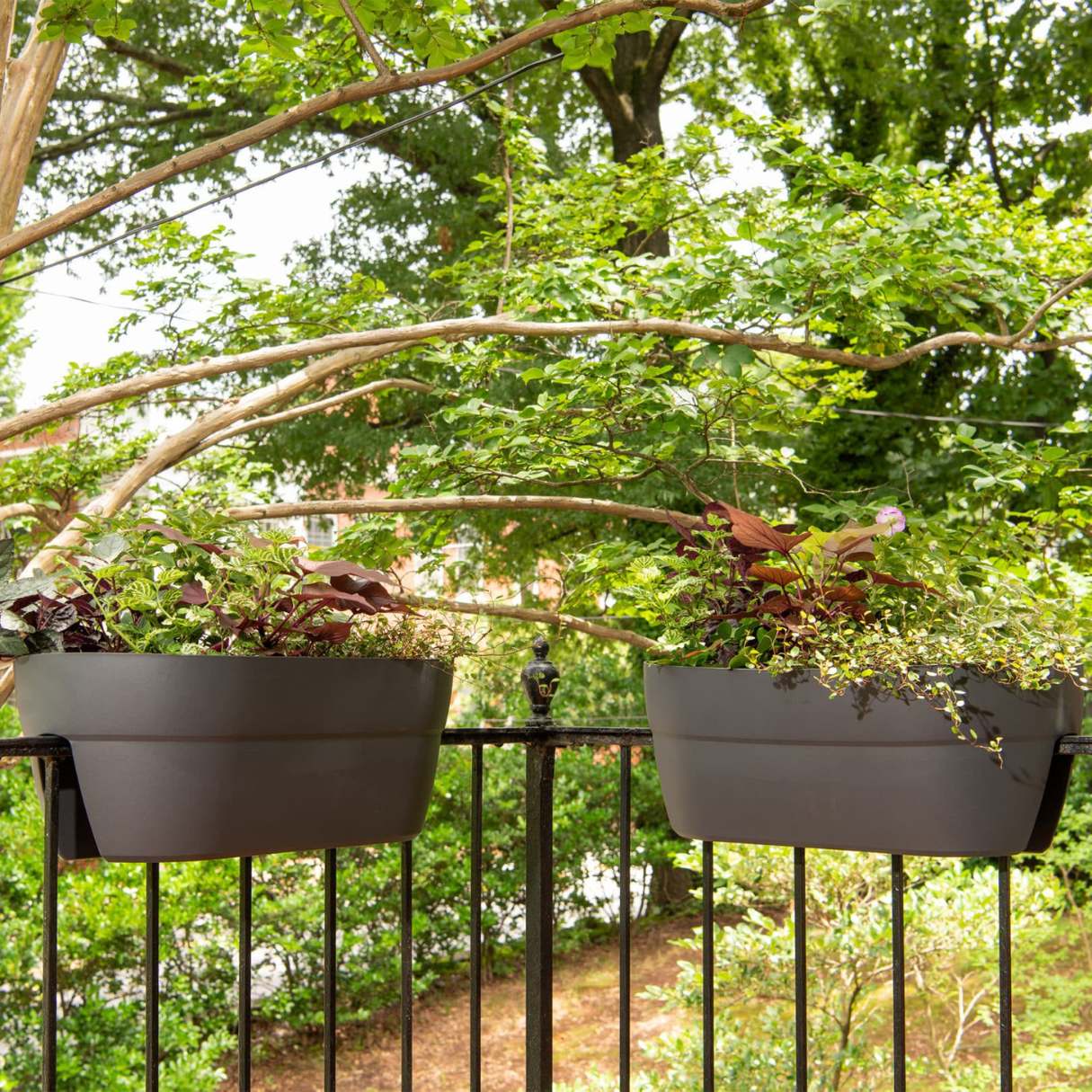
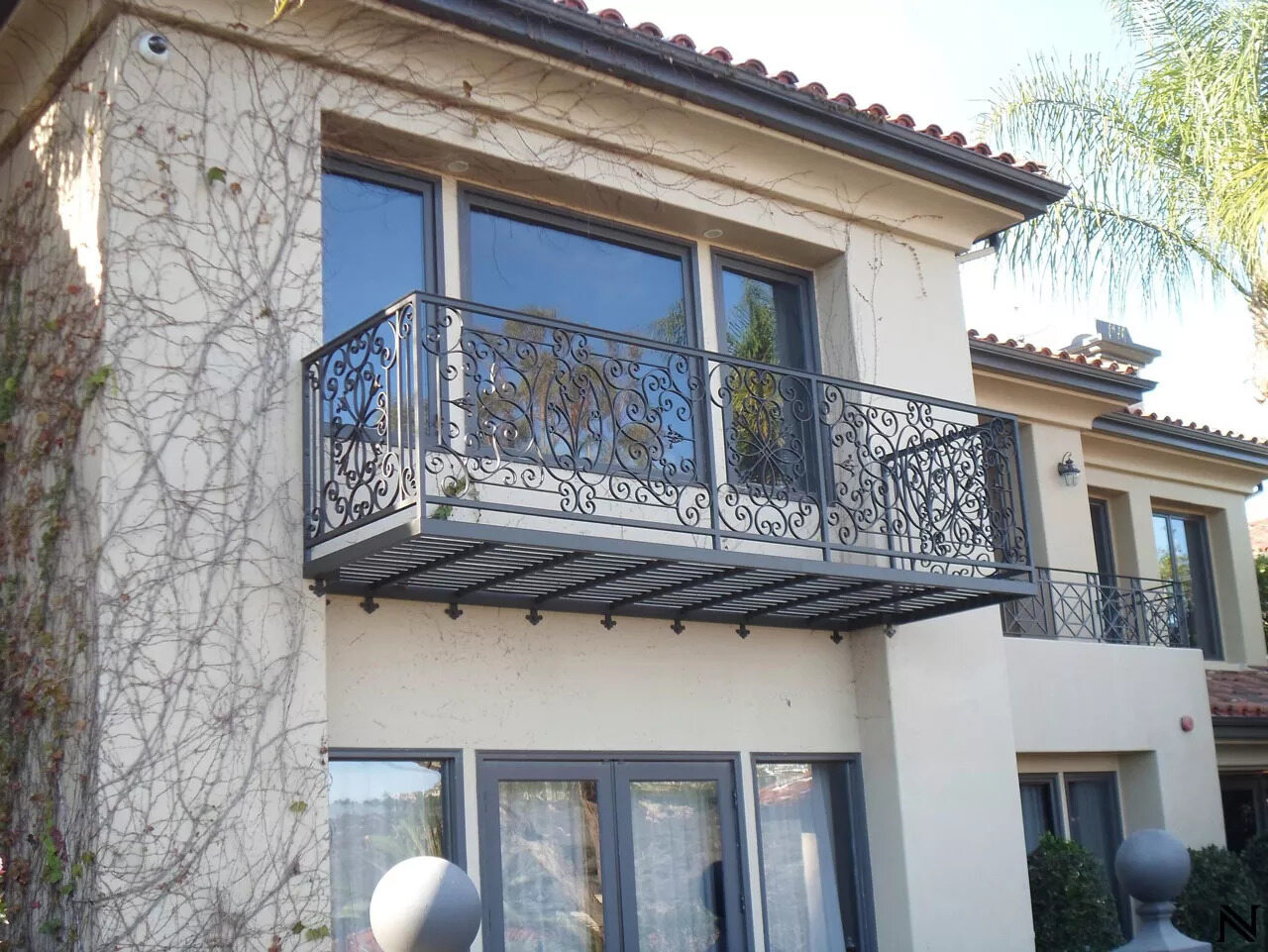
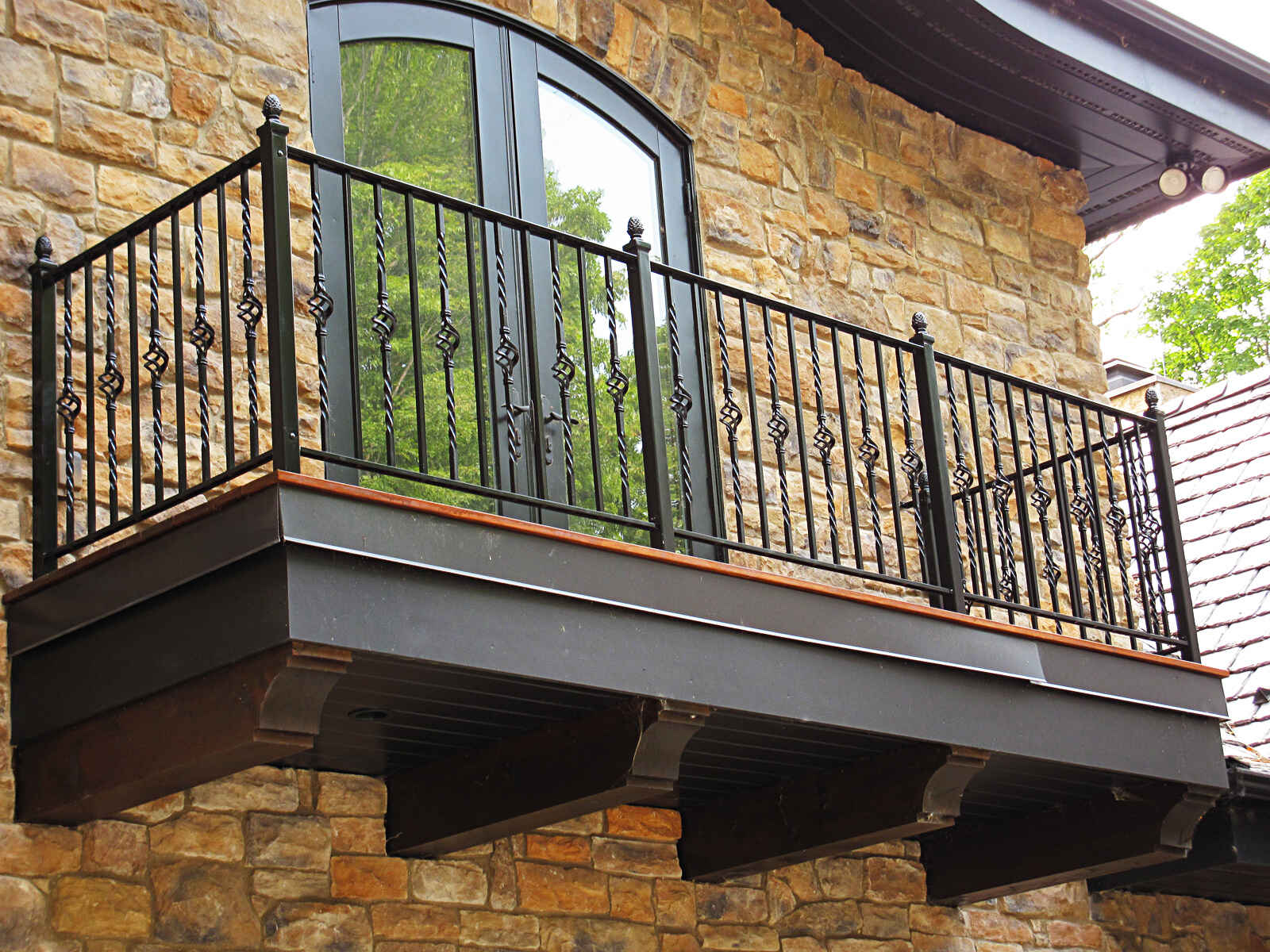
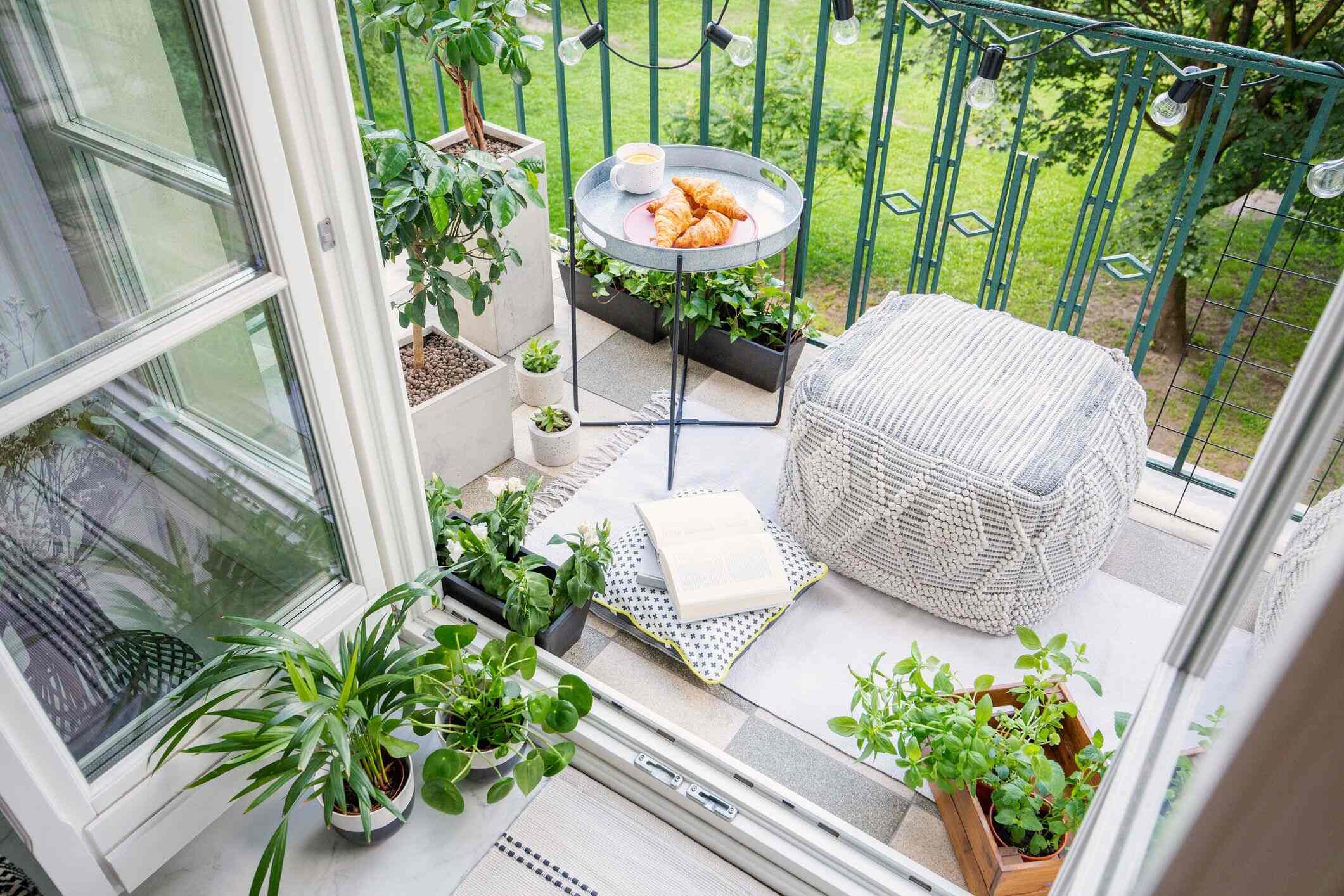
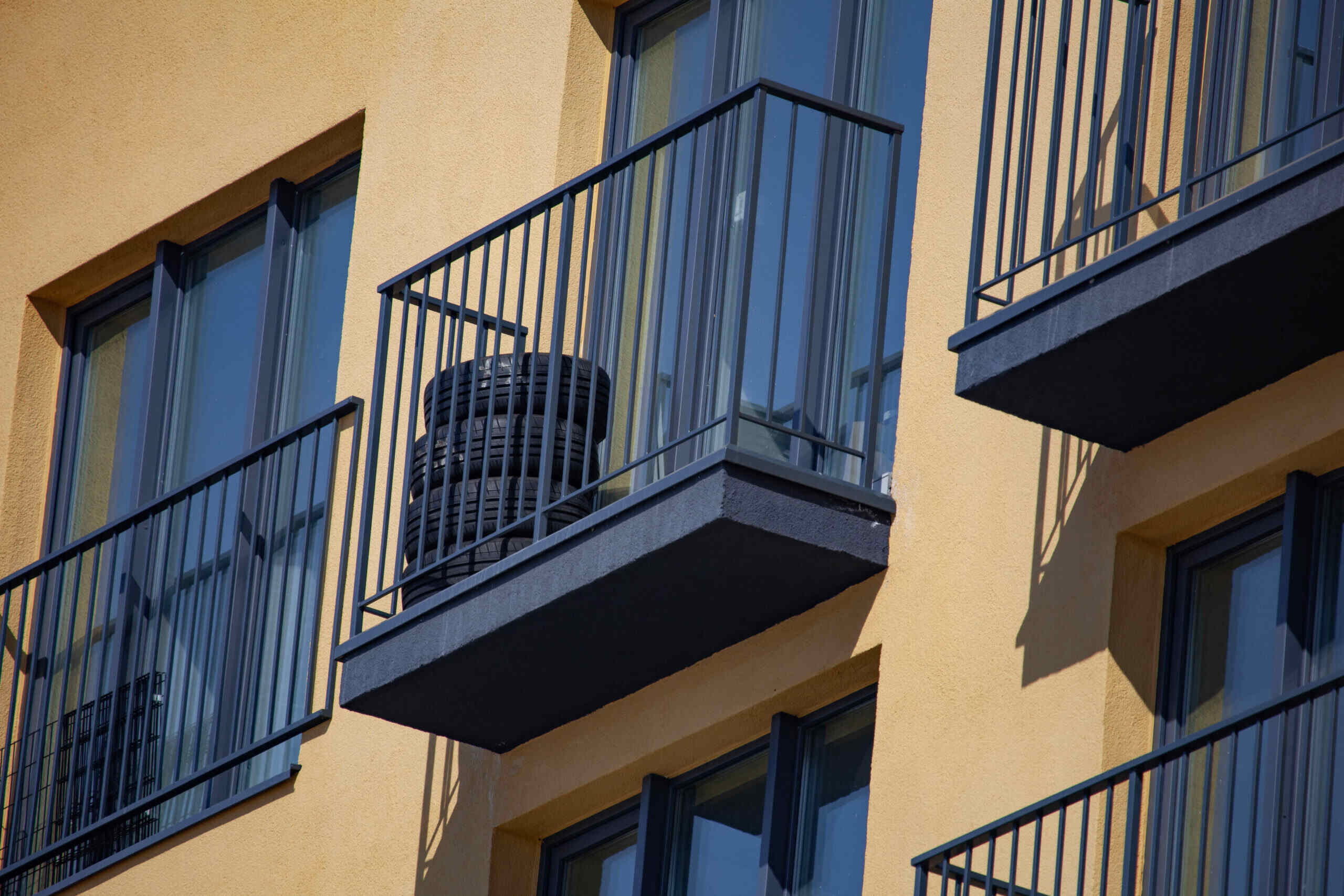
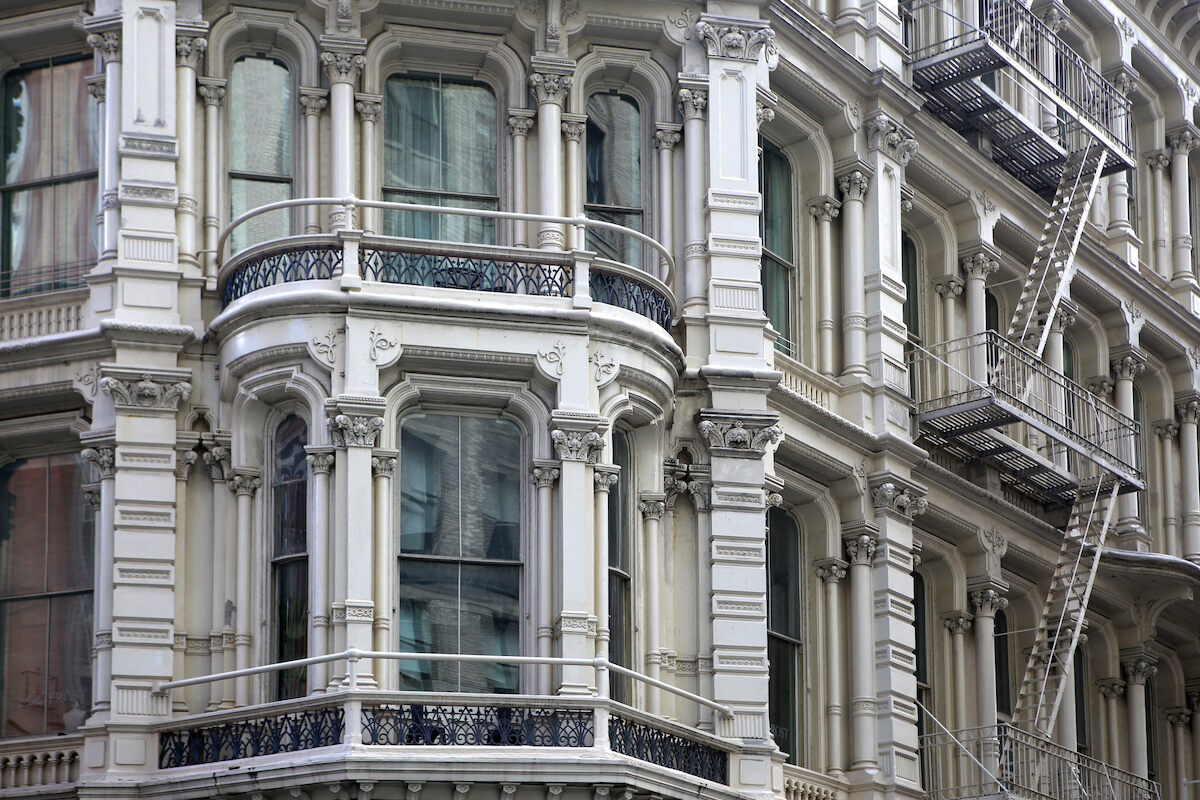
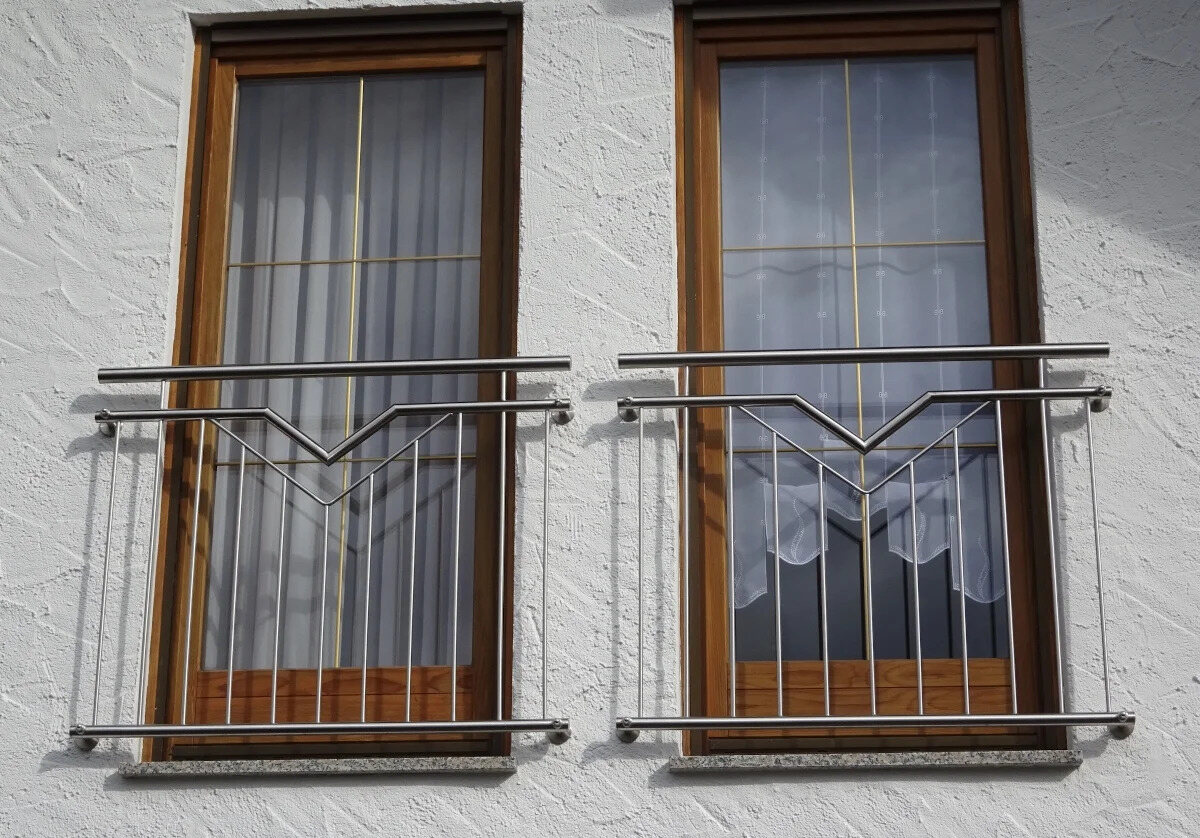
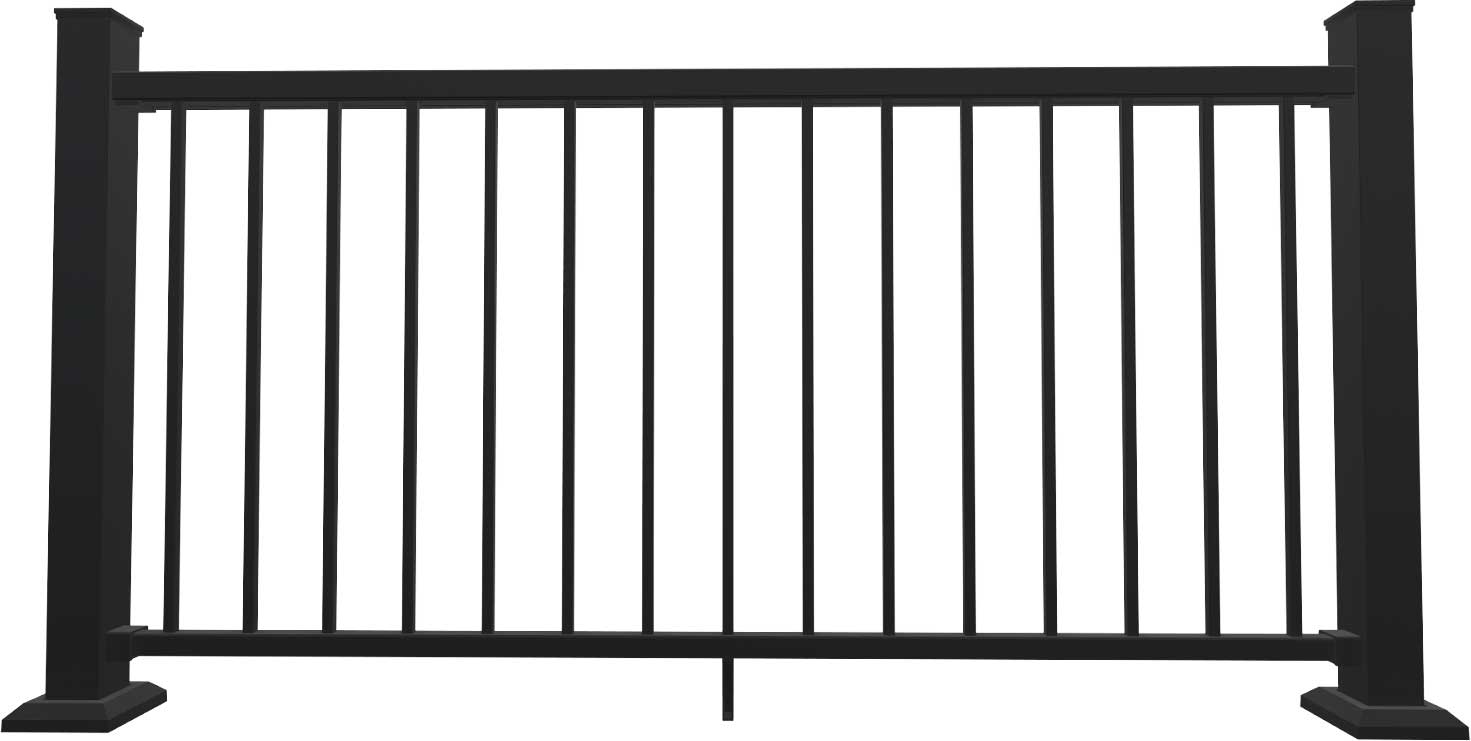
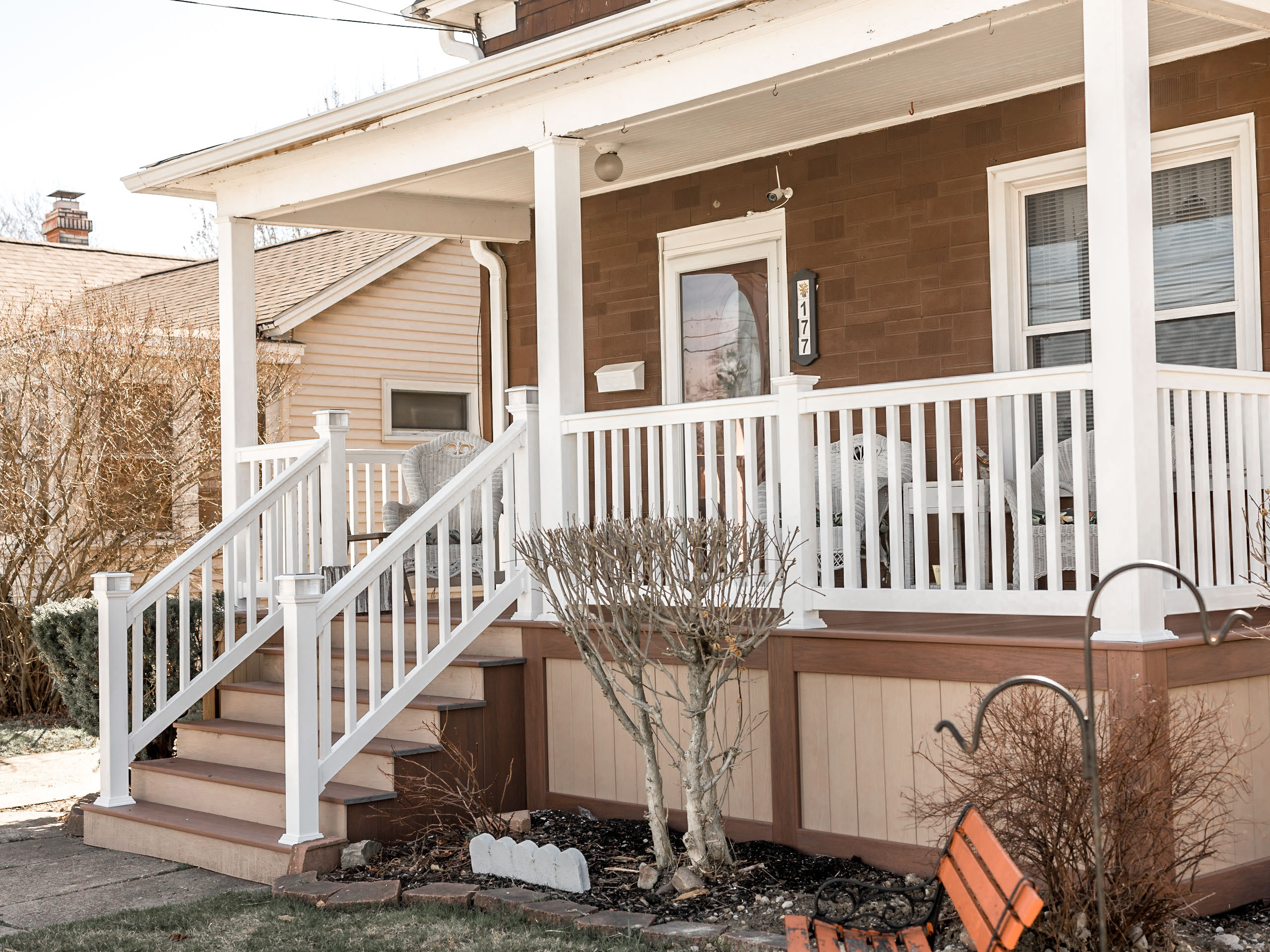
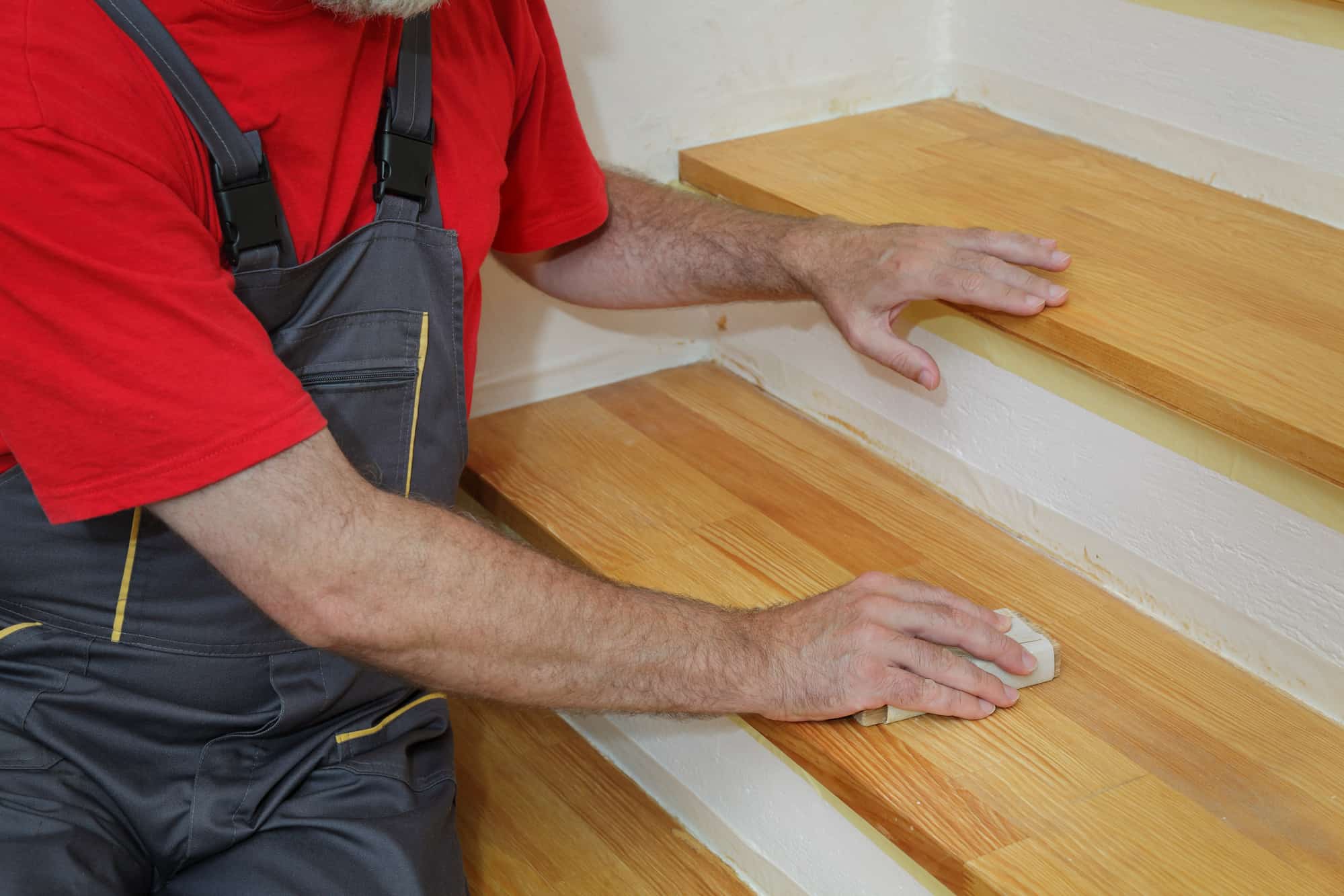
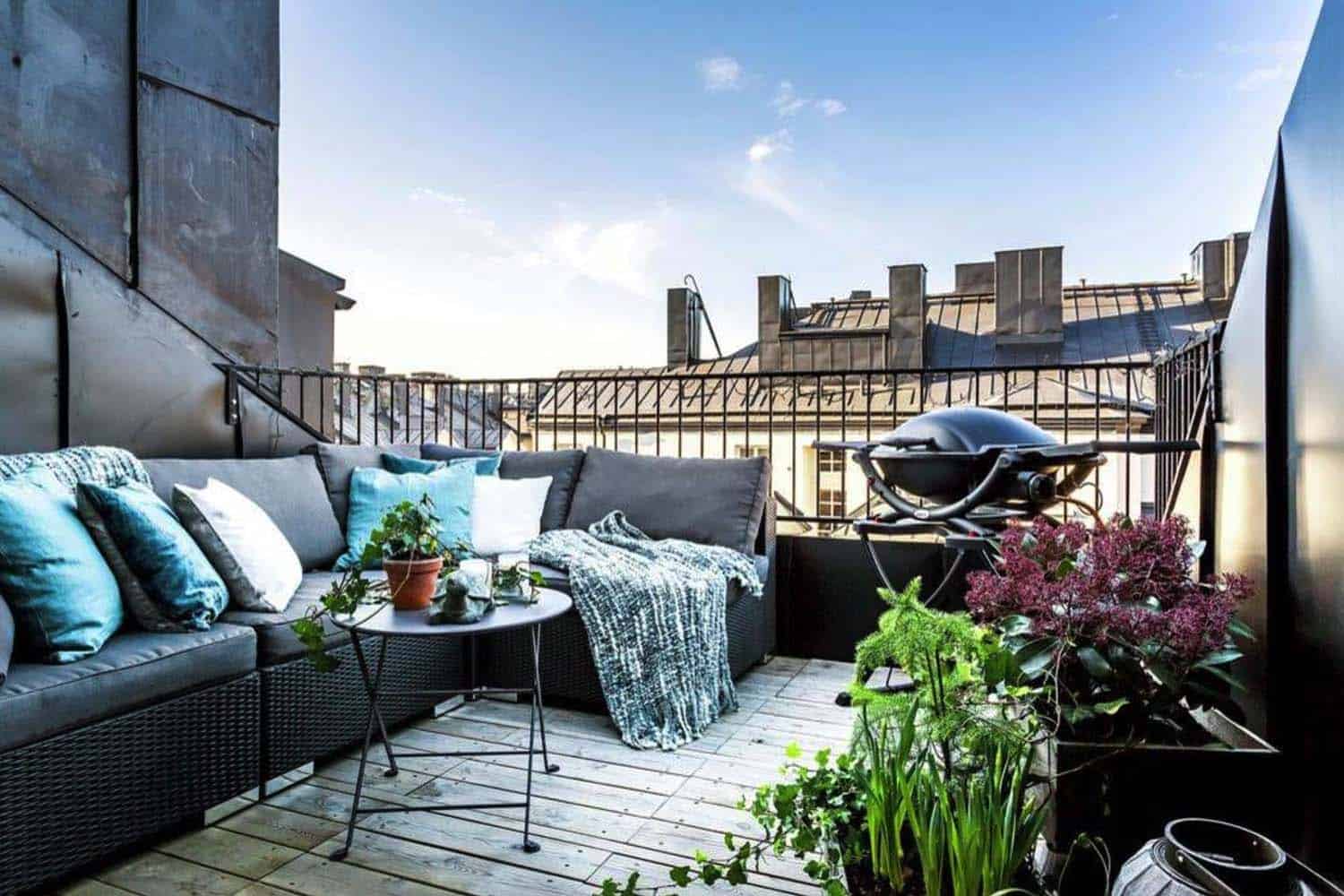
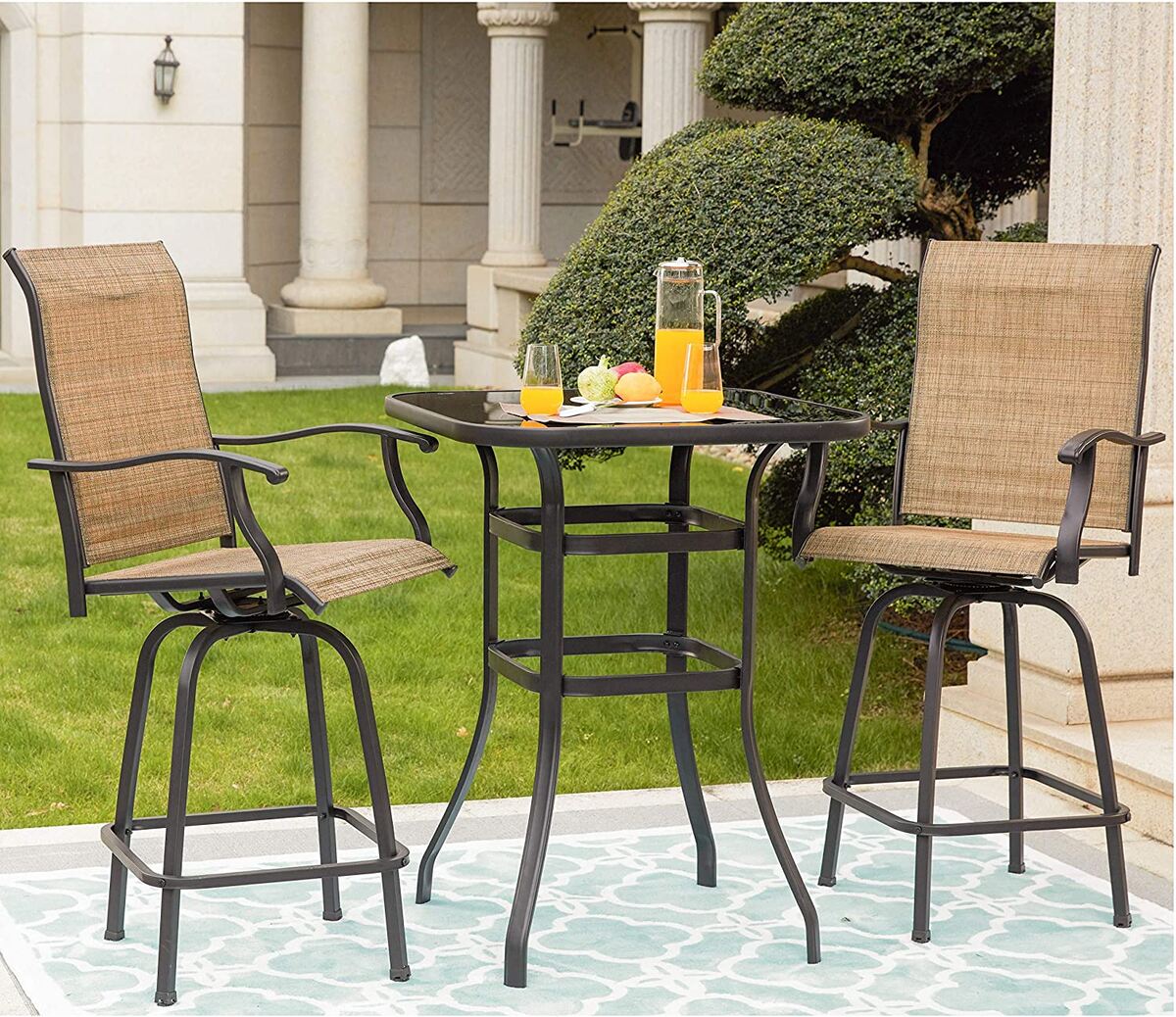

0 thoughts on “What Is A Balcony Railing Called”